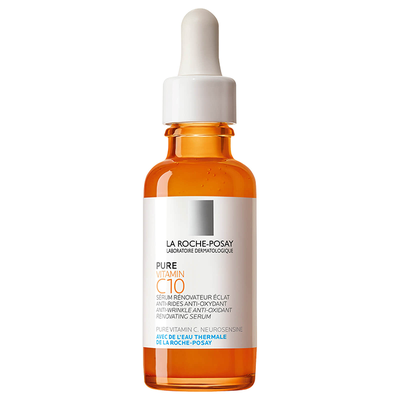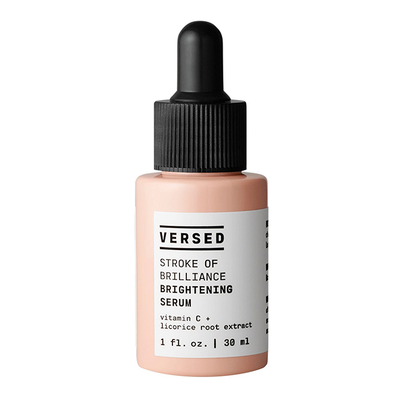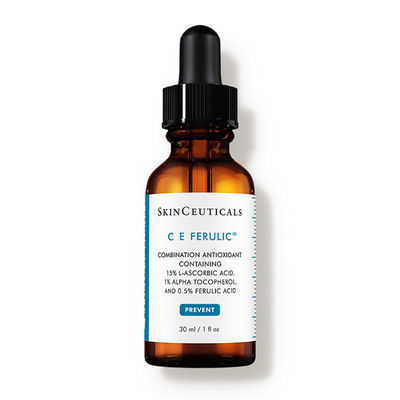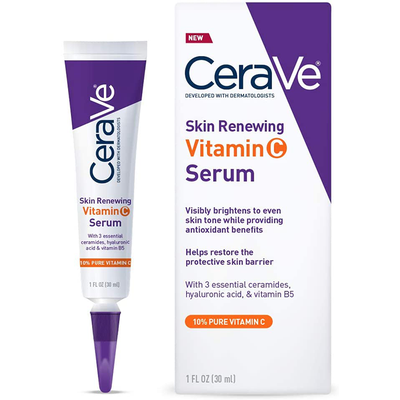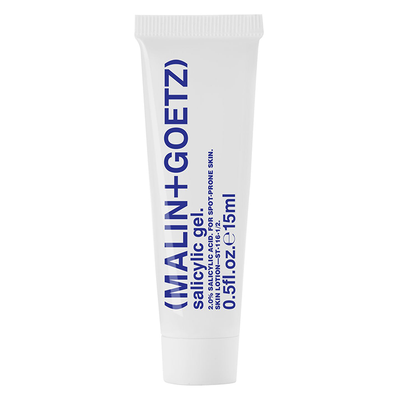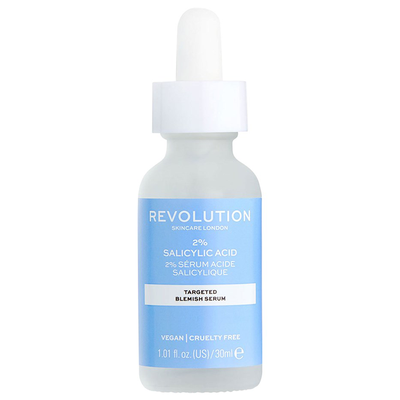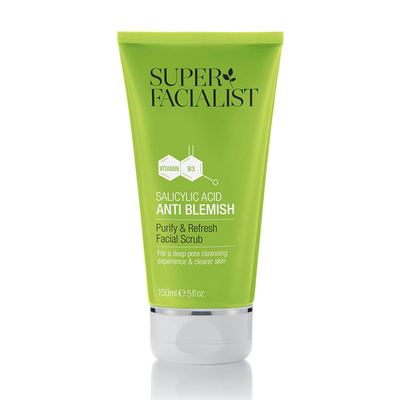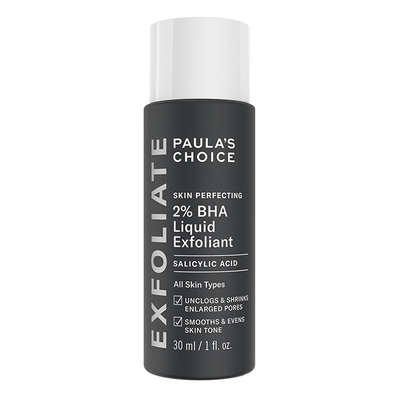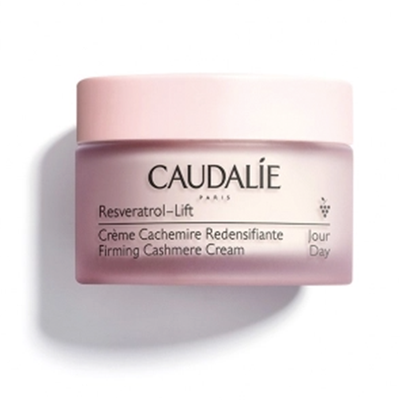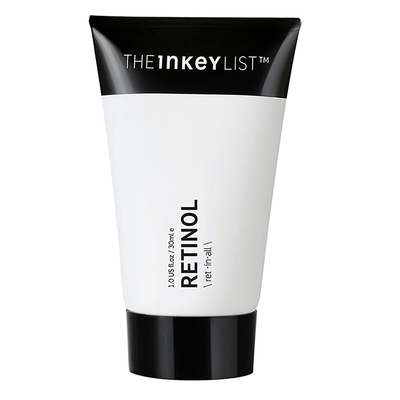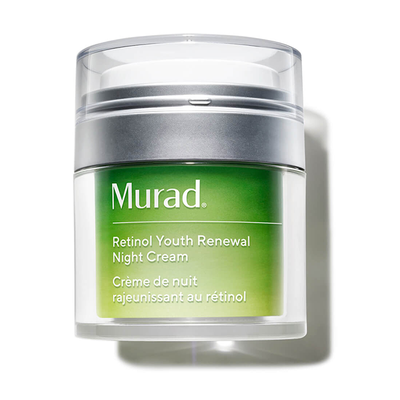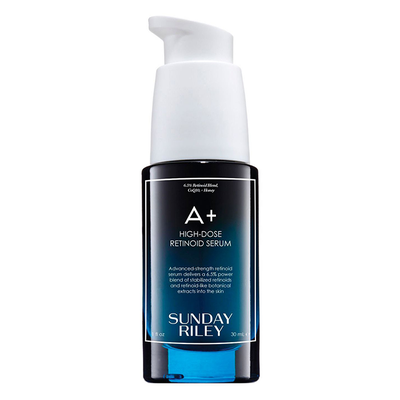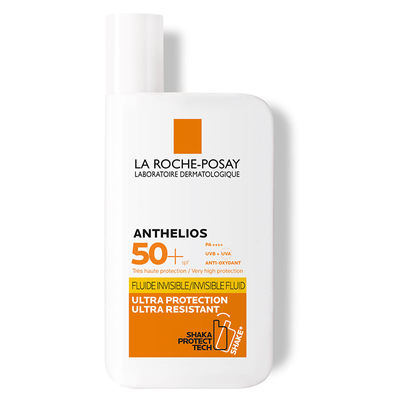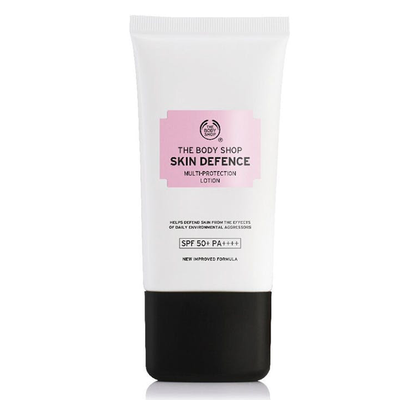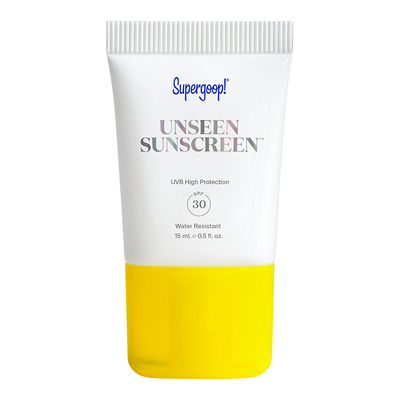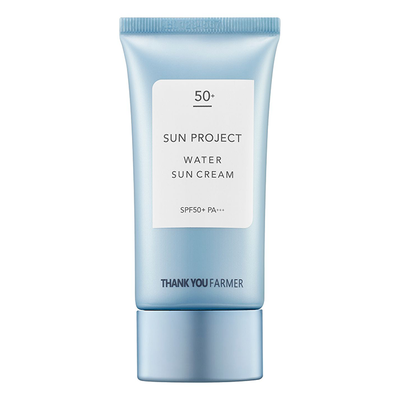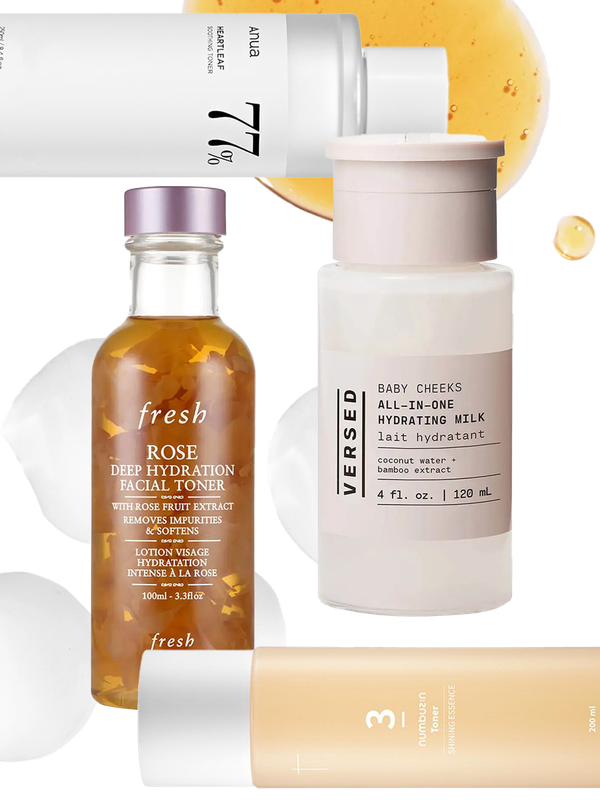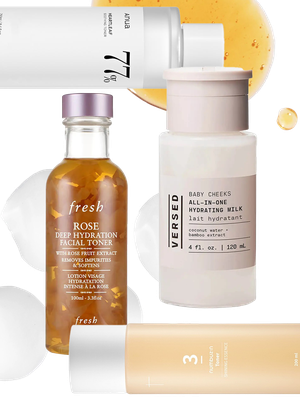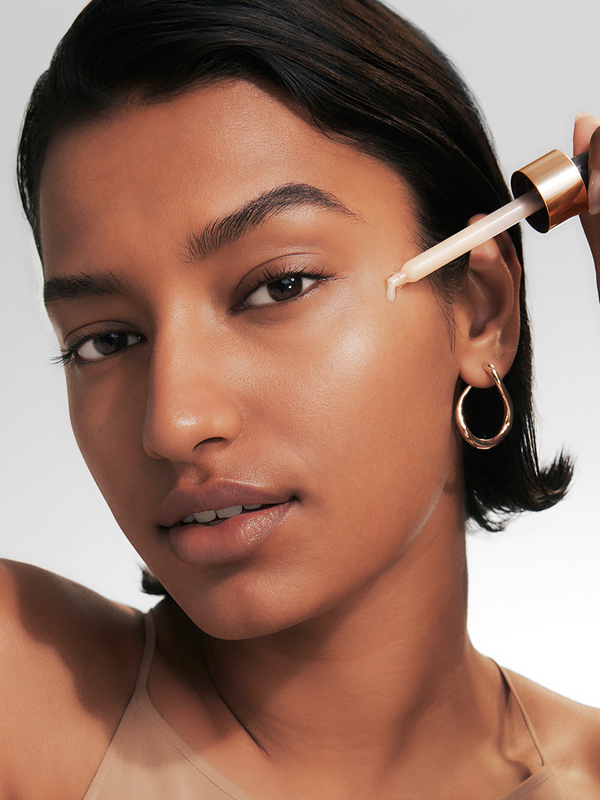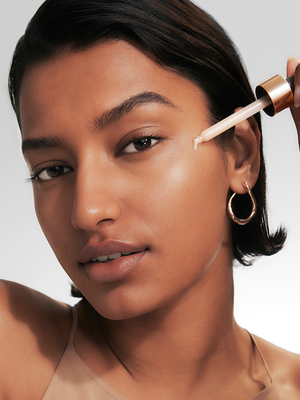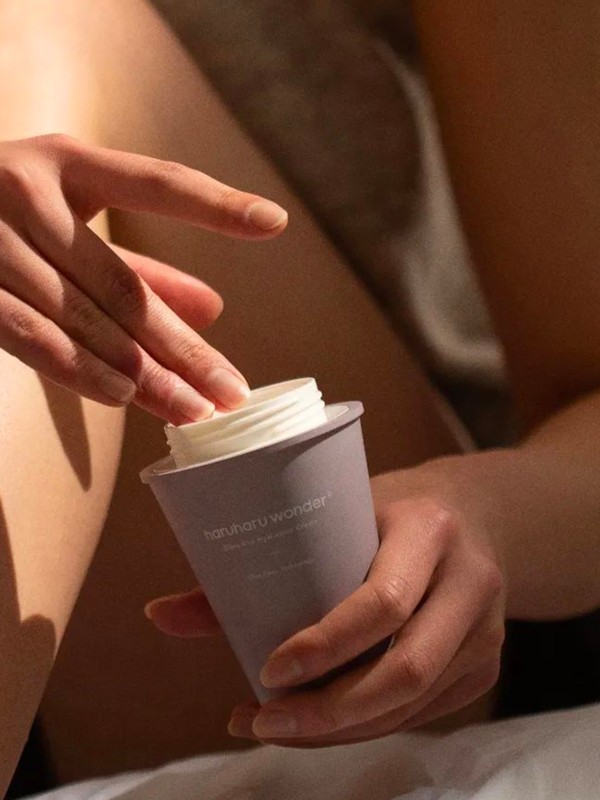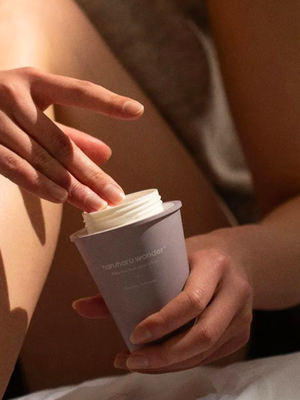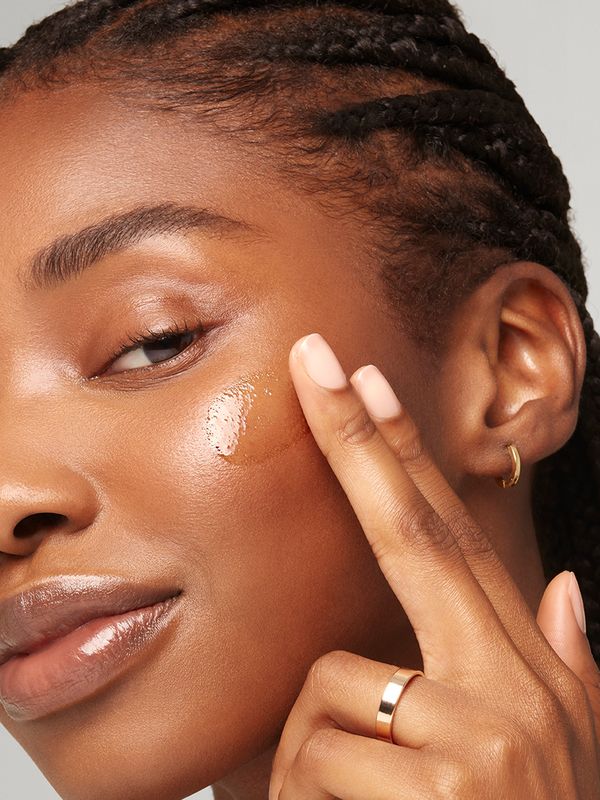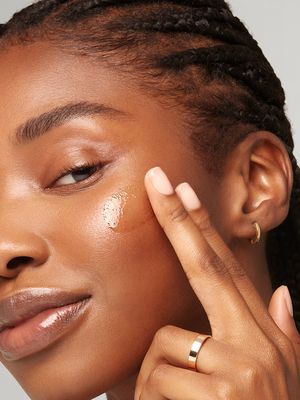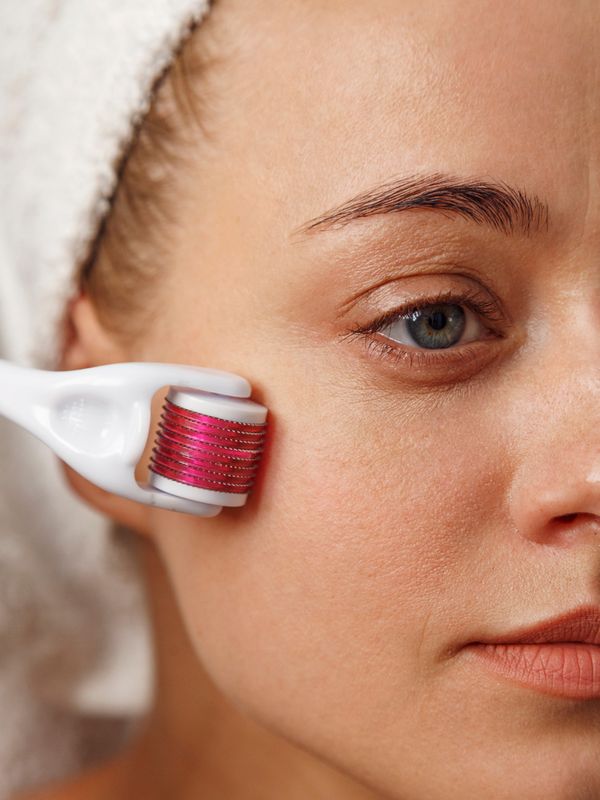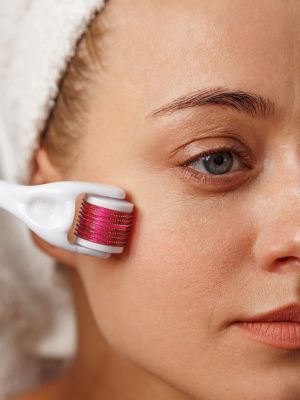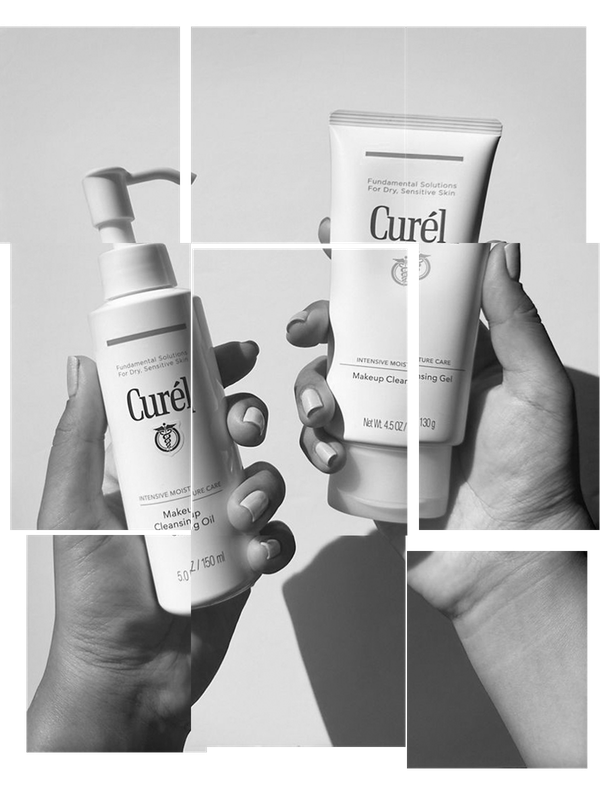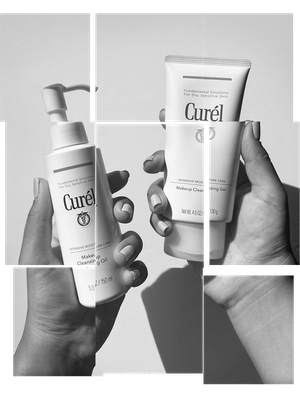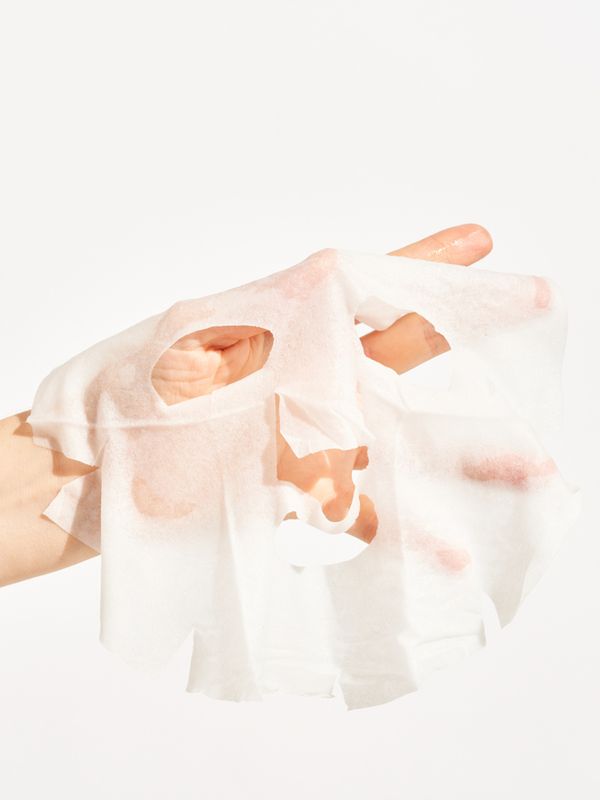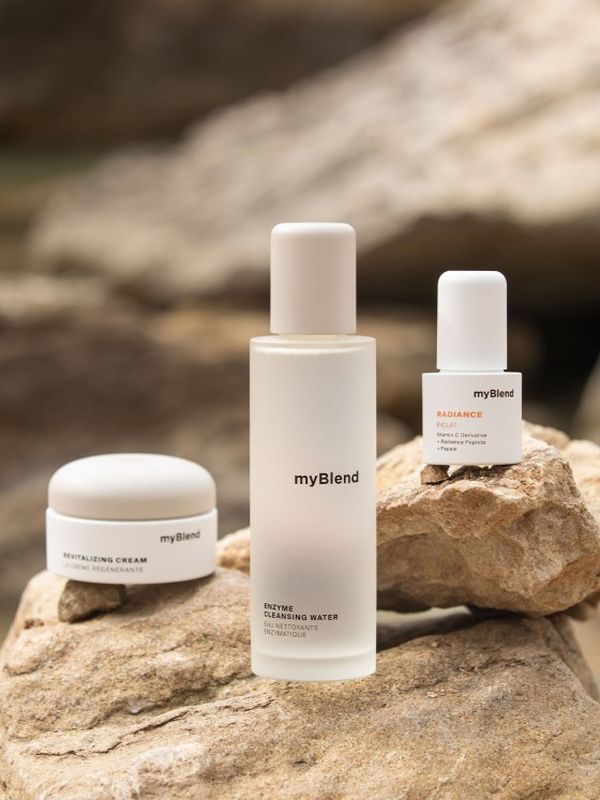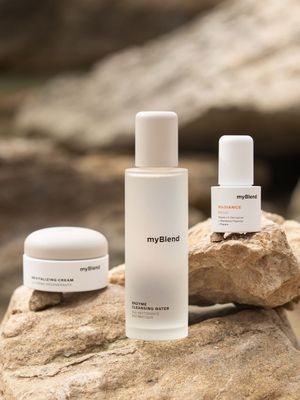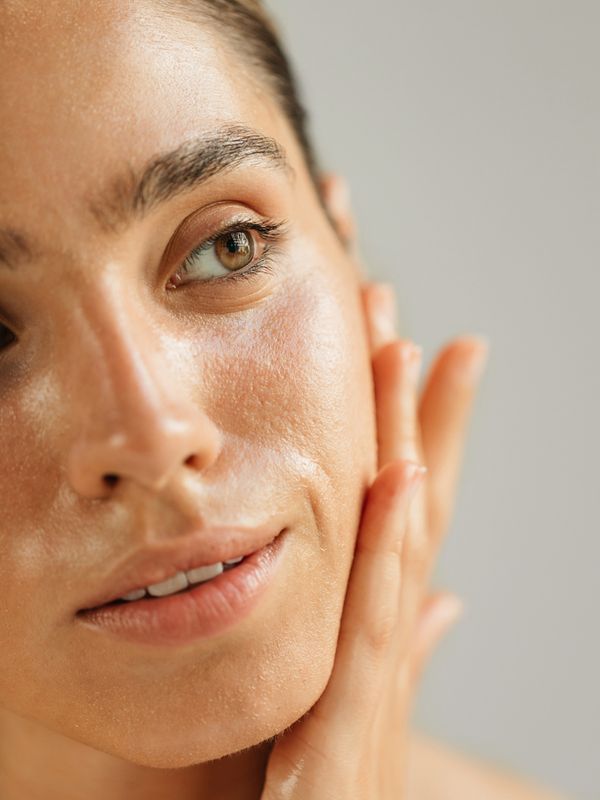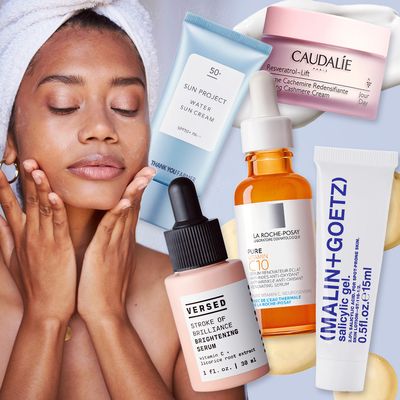
9 Rules For Applying Skincare
Prep Your Skin
“Just like you do with make-up, prep your skin before applying your products,” advises Dr. Bibi Ghalaie, founder of British Aesthetics & The Eye-Contour Connoisseur. “This means starting off with your cleanser, before moving onto an exfoliator and then a toner (if you use one, for some it may just be a cleanser). These steps are necessary to allow any products that follow to be better absorbed, and prepare your complexion for the day ahead.”
Start With The Lightest Formula
“As a general rule of thumb, apply the wateriest product in your line-up first,” says Debbie Thomas, advanced skin & laser expert and founder of D. Thomas Clinic. Dr. Bibi agrees: “Thinnest to thickest should always be the goal. The reason routines should follow set steps comes down to scientific logic and how each product affects your skin. The ingredients that are needed to exert a change in your skin should go first, like antioxidant serums that focus on hyperpigmentation or those with vitamin C for brightening. Anything designed to sit on the skin, like moisturisers or SPF, should come later.”
Understand Why Layering Is Important
“Different products target different skin issues,” says Debbie. “It’s difficult to find a product that does everything on its own. Serums tend to have higher concentrations of ingredients that fix and repair, whereas your moisturiser and SPF focus more on protection. Therefore, layering each product in your regime is key – it allows you treat and protect simultaneously, for long-lasting results.”
Incorporate Targeted Treatments
“If you suffer from acne or are prone to breakouts, it may be worth adding a specific spot treatment after you’ve prepped your skin, but before you apply your serum,” adds Dr Bibi. “This is because these products need to sit as close to the skin and dermis as possible for proper results. Look for products that contain salicylic acid or benzoyl peroxide, then apply your antioxidant serum straight after.”
Limit Your Use Of Oils
“Facial oils aren’t as good for your skin as people are led to believe,” warns Debbie. “While they can occasionally help soothe dry skin, continuous use can lead to congestion or breakouts. So, if you use oil-based products, limit them to the times when your skin is feeling exceptionally dry. Again, this step should come before moisturiser, so you can seal everything in.”
Save Retinol For The Evening
“If you’re using a retinol-based product, make sure it’s at night when your skin isn’t exposed to any outdoor light,” advises Dr. Bibi. “It’s incredibly potent, but it does work to improve skin texture, while enhancing the production of collagen and hyaluronic acid. You can find it in serum formulas or night creams, so depending which you use, it may alter when you apply it in your regime – but remember serums first, moisturisers after.”
Don’t Neglect Eye Creams
“There’s a lot of back and forth on eye creams, but they’re specifically made for the delicate eye area,” adds Debbie. “Use them after serums, but before your moisturiser or any SPF to allow them to absorb and plump properly.”
Lock Everything Down
“Always finish off with a moisturiser and SPF,” says Dr. Bibi. “SPF is an essential last step for the daytime. Skin must be protected from UVA/UVB, even in winter. There are two classes of sunscreen – physical and chemical. Physical sunscreen (also known as mineral), sits on the surface of the skin and blocks UV rays. It does this via minerals filters, and while slightly thicker than chemical formulas, it’s less irritating for sensitive skin types. Chemical sunscreens contain active sun filters that penetrate the skin and absorb UV rays to prevent them from causing damage. The downside is they need to be absorbed into the skin properly, so applying them after a moisturiser will reduce their efficacy. Try to use a mineral sunscreen and apply it after your moisturiser.”
Finally, Remember This Simple Motto
“The key thing to take away is serums before creams, but an easy motto to remember is to protect the skin during the day and treat it at night,” Debbie finishes. “This normally means shielding ingredients (including hydration and SPF) and protecting ingredients like antioxidants throughout the day. At night, shift to acids and retinols. They will promote the skin’s natural regeneration which happens when we are in a deep REM sleep.” Dr. Bibi agrees: “Your night routine should be dedicated to renewal and anti-ageing. The only similarity between day and night is you should continue with your skin preparation – cleansing, exfoliating and toning first. This ensures the skin will accept every single ingredient applied afterwards.”
DISCLAIMER: We endeavour to always credit the correct original source of every image we use. If you think a credit may be incorrect, please contact us at info@sheerluxe.com.
